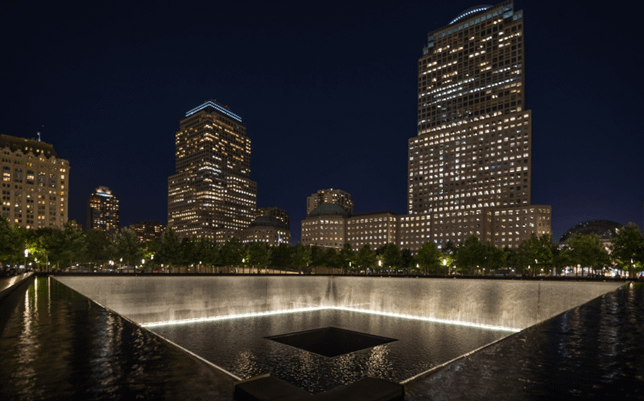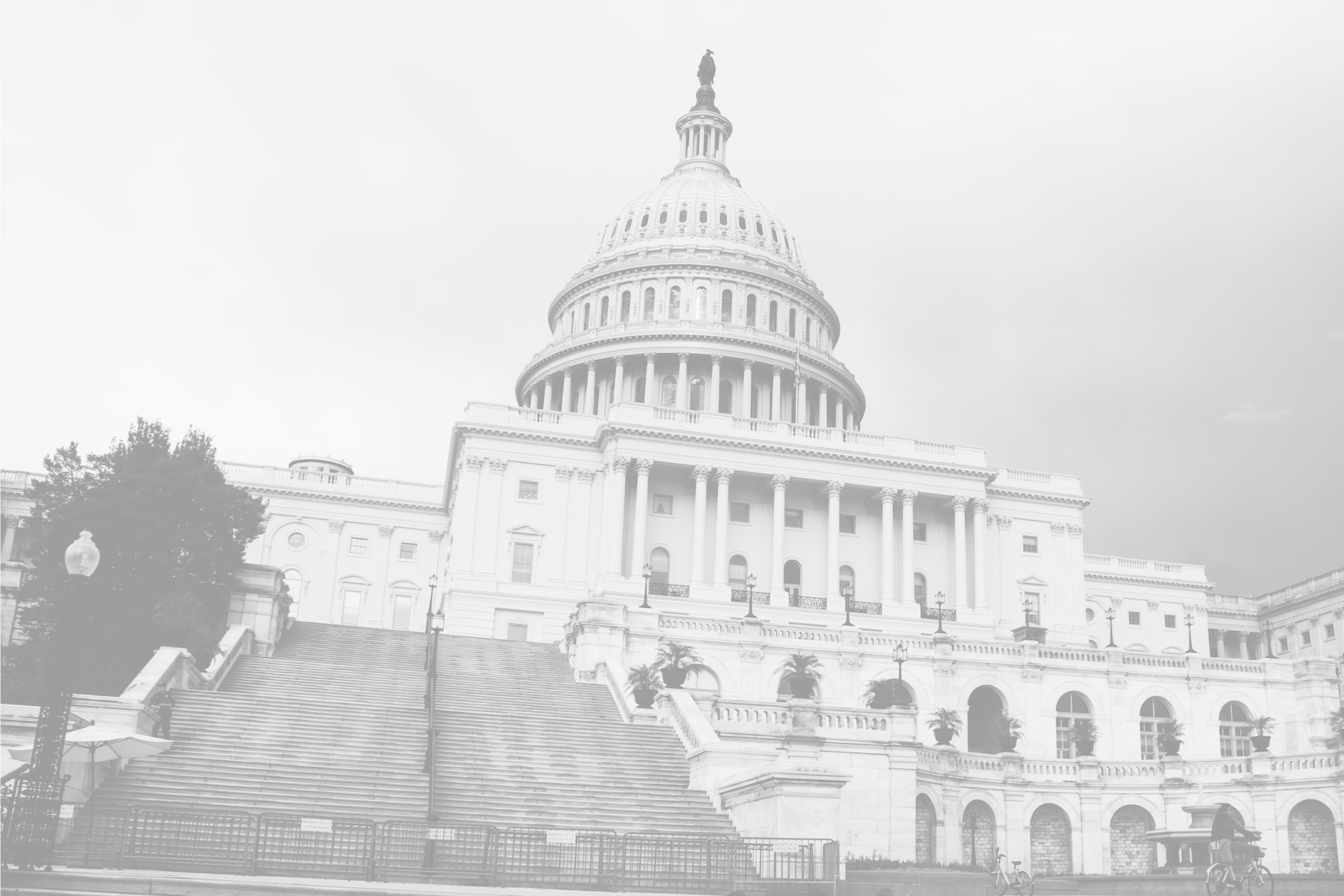On July 29, 2019, President Trump signed the “Never Forget the Heroes: James Zadroga, Ray Pfeifer, and Luis Alvarez Permanent Authorization of the 9/11 Victim Compensation Fund Act,” which reauthorizes funding for the September 11 Victim Compensation Fund (VCF) until the year 2090. The ceremony, attended by over 200 people, including 60 first responders and former New York City mayor Rudy Giuliani, capped off a political battle for funding that climaxed with a viral confrontation between comedian Jon Stewart — a longtime advocate for 9/11 first responders and their families — and the House Judiciary Committee. If 9/11 first responders are such a universally revered group, why did it take so long to establish a permanent fund for their support?
Below, we will trace the history of the VCF from its founding in 2001 through the present day. For more information about the VCF, including information about filing a claim, please contact a 9/11 lawyer.
The Original Victim Compensation Fund
The original VCF was enacted into law on September 22, 2001, as part of the Air Transportation Safety and System Stabilization Act (ATSSA) and provided cash benefits to two groups of people:
- Persons who were physically present at the World Trade Center, the Pentagon, or the aircraft crash site in Shanksville, PA at the time of or in the immediate aftermath of the attacks of September 11, 2001
- Passengers and crew of aircraft that crashed on September 11, 2001
There was no cap on the amount of damages each claimant could receive, but damages were limited to economic losses and non-economic losses, thereby prohibiting punitive damages. There was a catch, however; by filing a claim for VCF funds, claimants waived their right to file a civil suit for damages related to the 9/11 attacks, including suits against the airlines and the Port Authority of New York and New Jersey, which owned the World Trade Center. The original VCF closed to new applicants in December 2003 after having received a total of 7,403 claims and paying out $7.049 billion in awards.
The Reopened Victim Compensation Fund (Zadroga I)
In the years following the 9/11 attacks, it became clear that thousands of first responders had been exposed to toxic substances in the debris of the World Trade Center, the Pentagon and the Shanksville crash site — including asbestos, lead, cadmium, and mercury — and that this exposure would pose an ongoing health risk for the foreseeable future. As such, Congress reopened to VCF to new claims through the James Zadroga 9/11 Health and Compensation Act of 2010 (Zadroga I). This act extended eligibility for benefits to two additional groups of people:
- Rescue, recovery, and debris removal workers who were present at the 9/11 crash sites from September 11, 2001, to May 30, 2002, and
- Certain individuals who lived worked or were near the World Trade Center on September 11, 2001
The reopened VCF was scheduled to take new claims through October 2016, and total benefits were capped at $2.775 billion.
The reopened VCF, which was scheduled to expire in October 2016, was reauthorized in December 2015 by the Zadroga Reauthorization Act of 2015 (Zadroga II). Under this program, benefits are available to those who:
- Died as a passenger or crew member on a hijacked aircraft on September 11, 2001,
- Died as a direct result of terrorist-related aircraft crashes or rescue, recovery, or debris removal efforts in the immediate aftermath of the 9/11 attacks, or
- Were present at a 9/11 crash site in the immediate aftermath of the attacks and suffered physical harm as a direct result of rescue, recovery, or debris removal efforts
Total benefits for claimants under the reauthorized VCF are capped at $4.6 billion. Unlike previous iterations of the VCF, the reauthorized VCF included caps on individual damages. For economic losses, the Special Master may consider only the claimant’s first $200,000 in annual income when determining losses to past earnings and future earnings capacity. For non-economic losses, damages are capped at $25,000 for claims based on cancer and $90,000 for all other claims. The reauthorized VCF was scheduled to expire in December 2020.
For more information about what constitutes “physical harm” or which sites are considered to be 9/11 exposure zones, please contact a 9/11 lawyer.
The Never Forget the Heroes: James Zadroga, Ray Pfeifer, and Luis Alvarez Permanent Authorization of the 9/11 Victim Compensation Fund Act (Zadroga III)
Like the Zadroga Reauthorization Act of 2015 (Zadroga II), the “Never Forget the Heroes: James Zadroga, Ray Pfeifer, and Luis Alvarez Permanent Authorization of the 9/11 Victim Compensation Fund Act” (Zadroga III) is an extension of the reopened VCF that was established in 2010. It is considered to be a “permanent” reauthorization of the VCF even though it expires in 2090 because that date is beyond the expected natural lifespan of the vast majority of 9/11 first responders. Among other provisions, the act:
- Compensates prior claimants whose awards were reduced on the basis of insufficient funding,
- Removes the cap on non-economic damages in situations that the Special Master determines to be “special circumstances,” and
- Periodically adjusts the annual limit on economic losses to compensate for inflation
The bill allocates $10.2 billion to fund the VCF for the next 10 years and authorizes “such sums as may be necessary” thereafter until the period for filing claims closes in 2090.
Contact a 9/11 Lawyer for More Information
If you put your life on the line for others on September 11, 2001, or in its aftermath and have suffered an injury or illness as a result, you deserve to be fully compensated for your sacrifice. For more information about the Victim Compensation Fund, including how to file a claim, what benefits are available, and your options should your claim be denied, please contact a 9/11 lawyer at Pitta & Baione by using our online contact form or by calling us at 844-982-2667.



